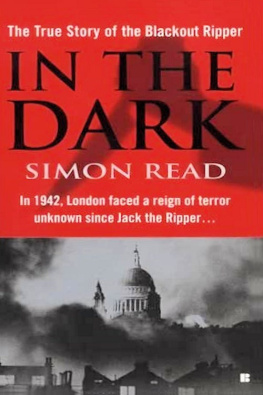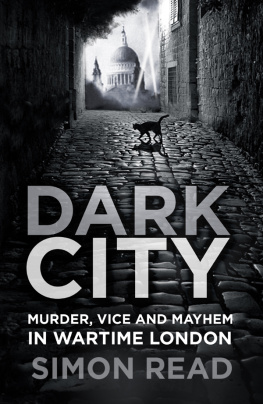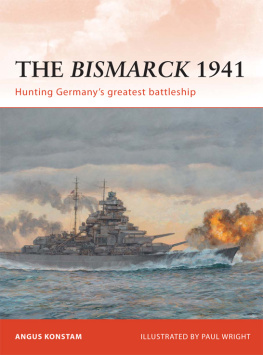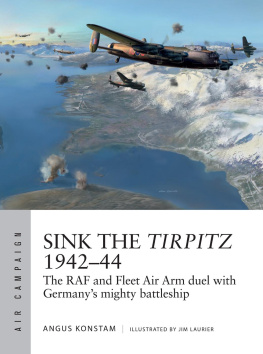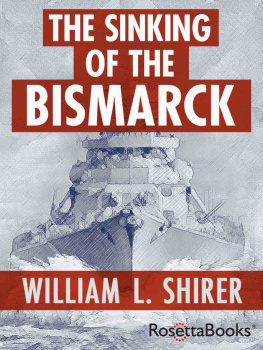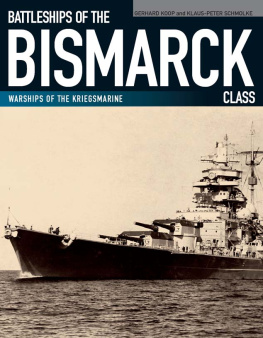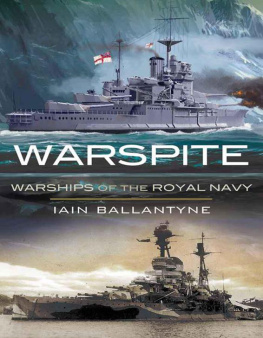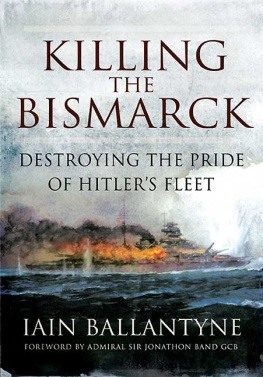
Copyright 2020 by Simon Read
Cover design by Terri Sirma
Cover photograph Popperfoto/Getty Images; ilolab/Shutterstock.com
Cover copyright 2020 Hachette Book Group, Inc.
Hachette Book Group supports the right to free expression and the value of copyright. The purpose of copyright is to encourage writers and artists to produce the creative works that enrich our culture.
The scanning, uploading, and distribution of this book without permission is a theft of the authors intellectual property. If you would like permission to use material from the book (other than for review purposes), please contact permissions@hbgusa.com . Thank you for your support of the authors rights.
Hachette Books
Hachette Book Group
1290 Avenue of the Americas
New York, NY 10104
HachetteBooks.com
Twitter.com/HachetteBooks
Instagram.com/HachetteBooks
First Edition: November 2020
Published by Hachette Books, an imprint of Perseus Books, LLC, a subsidiary of Hachette Book Group, Inc. The Hachette Books name and logo is a trademark of the Hachette Book Group.
The Hachette Speakers Bureau provides a wide range of authors for speaking events. To find out more, go to www.hachettespeakersbureau.com or call (866) 376-6591.
The publisher is not responsible for websites (or their content) that are not owned by the publisher.
Library of Congress Cataloging-in-Publication Data
Names: Read, Simon, 1974 author.
Title: The iron sea : how the Allies hunted and destroyed Hitlers warships / Simon Read. Other titles: How the Allies hunted and destroyed Hitlers warships
Description: First edition. | New York : Hachette Books, [2020] | Includes bibliographical references and index.
Identifiers: LCCN 2020019934 | ISBN 9780306921711 (hardcover) | ISBN 9780306921704 (ebook)
Subjects: LCSH: World War, 19391945CampaignsAtlantic Ocean. | World War, 19391945Naval operations. | World War, 1939-1945Aerial operations.
Classification: LCC D770 .R43 2020 | DDC 940.54/293dc23
LC record available at https://lccn.loc.gov/2020019934
ISBNs: 978-0-306-92171-1 (hardcover); 978-0-306-92170-4 (ebook)
E3-20201005-JV-NF-ORI
This ones for Sarah and Benny. With love.
Two of the German warships in this book, the Scharnhorst and Gneisenau, aredepending on the sourcealternatively referred to as battlecruisers or battleships, the primary difference being that cruisers sacrificed armor for speed and maneuverability. To keep things simple, I refer to both vessels as battleships.
No Captain can do very wrong if he places his Ship alongside that of the Enemy.
M EMO FROM V ICE A DMIRAL H ORATIO N ELSON TO HIS CAPTAINS, WRITTEN ON BOARD HMS V ICTORY ON O CTOBER 9, 1805, TWELVE DAYS BEFORE THE B ATTLE OF T RAFALGAR
The bombers flew through pitch-black skies.
The British crews stared into darkness as a blacked-out Germany passed beneath them. All appeared quiet in the predawn hours of April 6, 1940. For the crews in the twin-engined Wellingtons and Hampdens, the nights operation was an exercise in futility: dropping propaganda leaflets urging the German people to surrender. String secured the leaflets, printed by the Ministry of Information, in heavy bundles of 1,500. A crewmember would cut the binding over the target area and shove the bundles down the aircrafts flarechute. Caught in the bombers slipstream, the leaflets would scatter into the night and litter the towns below.
The gunners in their turrets maintained their lonely vigil, while the navigators studied their charts and relayed coordinates to the pilots. All appeared routine until a curious site presented itself against the obsidian void below. The yellow glare of numerous headlights, making up what appeared to be a large motor convoy, could be seen moving rapidly between the port cities of Hamburg and Lbeck. Over Kiel, the crews saw great activity among shipping under the glare of brilliant arc lamps.
The crews returned to their bases as dawn began to break and made their reports. The Germans, the Air Ministry subsequently noted, made no pretense of concealment. When all is on the hazard they rarely do, believing that speed is more important than secrecy. A
Two of the Royal Navys most wanted, each shipsteeled in Krupp armordisplaced 32,000 tons and bristled with nine 11-inch guns set in triple turrets, two forward and one aft. Secondary armaments included fourteen 4.1-inch and sixteen 1.5-inch antiaircraft guns, and twelve 5.9-inch guns. With a top speed each of 31 knots, they were faster than any British ship. First Lord of the Admiralty Winston Churchill, well aware of this fact, deemed them targets of supreme consequence.
The previous November, the two ships had slaughtered the British patrol vessel Rawalpindi, sending the 16,000-ton ship and 238 members of her crewincluding the captainto the icy depths between Norway and Iceland. They retreated in the aftermath to the German port of Kiel and spent the winter frozen to their moorings.
That winter proved a savage one. A contagion of ice and snow swept across Europe, as temperatures plunged to their lowest in nearly a century. Six inches of snow fell on Rome, the citys heaviest snowfall in recorded history. The mercury in Spain and France dropped below freezing. An eight-mile stretch of the river Thames in London froze over. Ice choked the Danube, used by Germany to import shipments of Baltic oil, metal, and grains to feed its hungry war machine. News of the appearance of ice in the stream, reported the New York Times, was greeted with joy by Allied diplomats.
Further north, where the Finns waged their fierce defense against the invading Red Army, there was little cause for jubilation. The cold numbs the brain in this Arctic hell, noted one war correspondent. Snow sweeps over the darkened wastes, the winds howl and the temperature is 30 degrees below zero. Here the Russians and Finns are battling in blinding snowstorms for possessions of ice-covered forests. At the scene of one battle, the corpses, it was reported, were all frozen in fighting attitudes. Their bodies were like statues of men throwing all their muscles and strength into some work, but their faces recorded something between bewilderment and horror.
It offered no reprieve from the overwhelming sense that the war, somewhere beyond the ice, was passing them by.
Then slowly, the days lengthened; the temperature gradually warmed and, at long last, released the ships from their frozen captivity. Now anchored in Wilhelmshaven, they lay in wait for orders to commence their next lethal run. They didnt have to wait long. On April 7, the day after being photographed by RAF reconnaissance, the two battleships put to sea as part of the German invasion of Norway.
Iron-ore mined in Sweden passed through Norway on its way to Germany. Merchant ships from the Reich carried the precious metal from the Norwegian port of Narvik. Churchill, having long wanted to choke Germanys supply chain, urged the War Cabinet to allow the Royal Navy to mine Norwegian waters. The War Cabinet gave its approval on April 3. Royal Navy ships mined the approaches to Narvik five days later. Landings by British and French troops were to follow at Narvik, Trondheim, Bergen, and Stavangerbut the Germans moved first.


